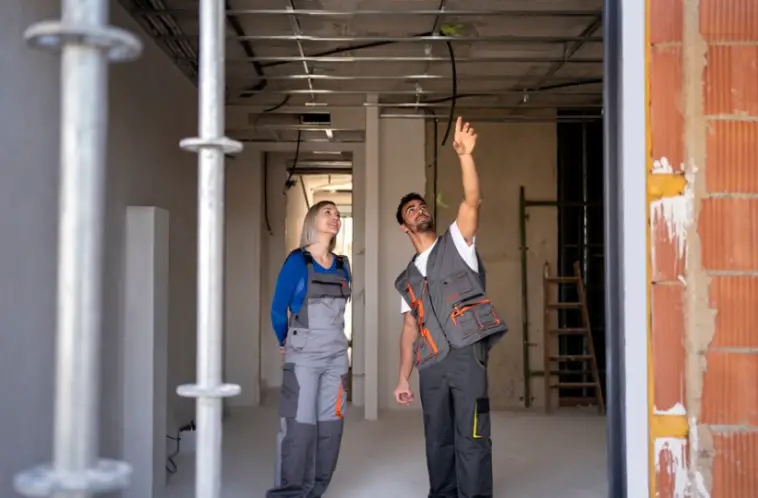Your new home is built in stages, with different contractors focusing on different aspects of the project. Watching your house come together is enjoyable, but if you’re not familiar with the process, it could also be stressful. You have to ensure that everything proceeds according to plan.
In order to be sure that building defects are identified and fixed and that everything is put together properly, expert building inspection stages are necessary. When builders try to cut costs, things don’t always get done correctly. This can end up costing you a lot more money and time in the long run.
In this blog, you will find additional details on each inspection stage.
1) Pre-Slab Pour Inspection
Before pouring concrete, inspect your home’s base, piers, steel, and formwork to confirm that everything is properly constructed and ready for pouring. This inspection takes place immediately (within a few days) after the installation of drainage pipes.
This is usually done in the afternoon before the slab is due to be poured the next morning.
2) Frame Stage Inspection
If you are looking for the right way to ensure quality with new home stage inspections in Australia for the long-term lifespan of your home, consider frame inspection.
This stage comes after the wall and roof frame have been entirely constructed. The inspector will inspect the home’s structural framework for workmanship standards and compliance with Australian Standard AS 1684 and the NCC’s Building Code of Australia.
3) Pre-Plaster Stage Inspection
This stage is complete once the services trades (plumbers, electricians, and heating contracts, among others) have been completed, batts for wall insulation have been fitted, but plaster has not yet been installed.
This stage is critical for inspection since it is the last chance to evaluate the walls and roof frame before plastering.
4) Fixing and Waterproofing Stage Inspection
After the waterproofing process is finished, before painting and tiling, you also evaluate the fixings (doors, architraves, and skirtings) as well as the plasterboard installation. Often, this is the first opportunity you have to inspect the brickwork, which you do if it is completed during the inspection.
Whether you want to sell a stage of your house or an entire house after its inspection, you can find a home buyer within a minimum time span.
5) Pre-Handover Stage Inspection
This is the last stage of the new home inspection process, and your last chance to have your home evaluated for problems and defects, poor craftsmanship, or compliance errors. Before you receive your new house keys, ensure the builder is aware of these flaws and defects so that they may be resolved.
At this stage, your home could not even have a Certificate of Occupancy, so let it be 100% completed. Thus, the builder considers the house to be nearing completion.
Final Words
Inspection of your new home during construction is a must-do to identify as many potential flaws as possible before it is completed.
Even if you don’t have to be there during construction or inspection, it is essential to learn more about the building inspection stages. What lies behind the walls of your new home, and how everything works?
For finding the right answers, consider the most important aspect of this process – hiring a competent building inspector. With their assistance, you can conduct in-depth inspections throughout the build.





